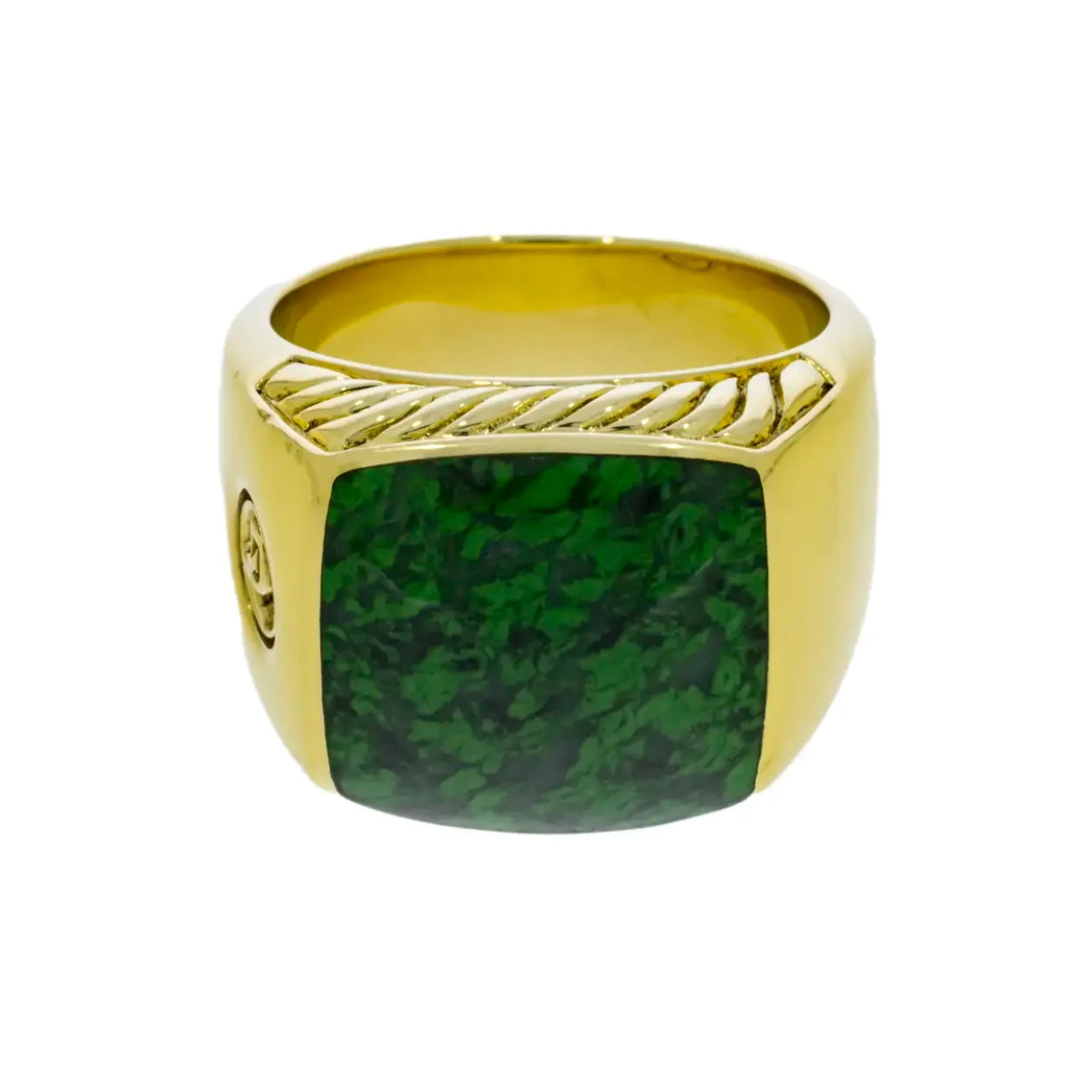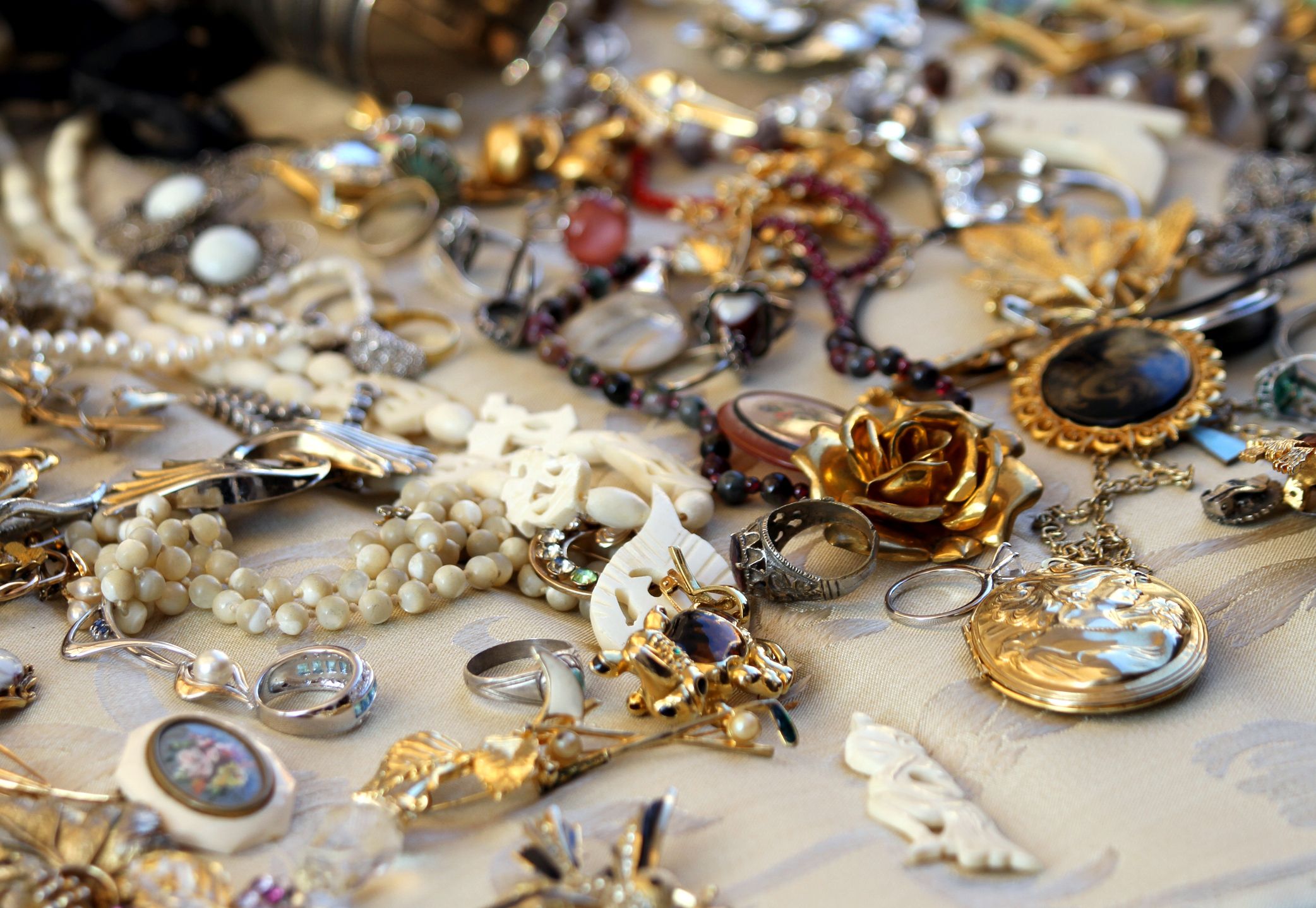Discover the Charm of Estate Jewelry Austin: A Must-Have for Jewelry Lovers
Uncover the Rich History Behind Stunning Estate Jewelry Collections
The exploration of estate precious jewelry collections uses a special window right into background, exposing the elaborate relationship in between craftsmanship and cultural advancement. What tricks might these collections still hold?
The Origins of Estate Precious Jewelry
Exactly how did estate jewelry involved symbolize the rich background and artistry of past ages? The origins of estate precious jewelry can be traced back to numerous periods of workmanship, where fashion jewelry was not merely a device but a representation of societal worths, technological innovations, and artistic expressions. Each item tells a tale, typically related to the lives of their previous proprietors, encapsulating individual narratives along with historical contexts.
The term "estate jewelry" commonly refers to previously owned items, frequently from considerable periods such as Victorian, Art Nouveau, or Art Deco. These pieces were produced with precise focus to detail, showcasing the ability of craftsmens that utilized materials like gold, silver, and valuable gems. Unlike modern jewelry, estate pieces typically include one-of-a-kind designs that highlight the aesthetic appeals of their time, hence working as substantial links to the past.

Notable Layout Periods
Throughout history, several notable layout periods have considerably influenced the advancement of estate precious jewelry, each defined by distinct designs, products, and cultural contexts. The Georgian era (1714-1837) noted the start of elaborate designs, usually including nature-inspired themes and using products like gold, silver, and gemstones embeded in sophisticated settings. Following this, the Victorian age (1837-1901) introduced enchanting styles, with sentimental precious jewelry and ingenious techniques such as making use of enamel and cameos.
The Art Nouveau period (1890-1910) celebrated natural forms and the appeal of nature, using products like opals and pearls in streaming layouts. This was done well by the Art Deco era (1920-1939), which accepted geometric patterns, bold shades, and extravagant materials such as platinum and rubies, reflecting the modernist spirit of the moment.
The Mid-Century Modern era (1940-1960) showcased structured designs and making use of non-traditional products, emphasizing minimalism and capability. Each of these eras not just mirrors the creative activities of their time but additionally encapsulates the societal worths and technological improvements that shaped fashion jewelry layout, making them an interesting topic for chroniclers and collectors alike.

Famous Estate Jewelry Collections
The abundant background of estate jewelry is wonderfully exhibited by numerous renowned collections that showcase the creativity and workmanship from numerous design eras. One of one of the most renowned is the Cartier Collection, which reflects the luxury and development of the famous French jewelry expert. Parts from this collection often feature exquisite gemstones and elaborate styles, highlighting the brand's commitment to fine craftsmanship.
One more significant collection is the Lady of Windsor's fashion jewelry collection, which makes up a number of unique items, including the famous "Windsor" bracelet. This collection not only exemplifies the beauty of the Art site web Deco period but also carries a rich story of love and loss, as it came from Wallis Simpson, that notoriously married Edward VIII.
The collection of the late actress Elizabeth Taylor also stands out in the realm of estate precious jewelry. With countless items created by distinguished jewelers like Bulgari and Cartier, her collection embodies glamour and sophistication, emphasizing her individual style and affinity for one-of-a-kind gems.
These popular estate fashion jewelry collections work as a testimony to the long-lasting appeal of fine precious jewelry, using insight into the artistic and social motions that shaped their production.
The Social Importance
Estate precious jewelry collections hold extensive cultural value, showing not only have a peek at this site the visual values of their corresponding ages but additionally the historical and social contexts in which they were developed. Each item often symbolizes the workmanship and artistic patterns of its time, showcasing the advancement of style and technology in fashion jewelry production.
Furthermore, these collections serve as tangible web links to social customs and routines. For circumstances, wedding event bands and heirloom breastpins might signify love and familial bonds, while pieces decorated with specific gems can stand for cultural or regional identifications. The products used-- whether gold, silver, or gemstones-- often wikipedia reference inform tales of profession, expedition, and the wealth build-up of societies.
In addition, estate precious jewelry can work as historic artifacts, offering understandings into the lives of individuals and the social standards they navigated. The means fashion jewelry was put on and valued can reveal much about gender roles, status, and personal expression within varying cultural landscapes. Thus, estate precious jewelry transcends plain embellishment, functioning as a rich story of human experience, artistry, and social heritage, inviting modern audiences to engage with the past in a purposeful means.
Caring for Your Estate Pieces
Caring for estate fashion jewelry pieces requires a thoughtful technique to ensure their long life and preserve their distinct qualities. Constantly tidy estate precious jewelry making use of a soft, lint-free towel after each wear to get rid of oils and dust.
Storage is similarly important; store pieces separately in a fabric-lined box to avoid scratching and entangling. Consider utilizing anti-tarnish pouches or fabrics for silver products, as this aids to slow down the staining procedure. Additionally, prevent subjecting fashion jewelry to excessive wetness, extreme temperature levels, or straight sunlight, which can negatively impact gems and metals.
Routine evaluations are critical. Examine for loosened stones, worn holds, or harmed setups, and look for specialist repair services when required. Consulting a jeweler experienced in vintage or antique pieces can give customized treatment alternatives. By applying these methods, collectors can protect their estate precious jewelry's aesthetic and historic value, making sure these pieces remain to be treasured for generations ahead.
Final Thought
Finally, the expedition of estate precious jewelry collections reveals a tapestry of artistic expression and cultural importance, showing the worths and aesthetics of various historical periods. As soon as possessed them, each item offers as a testimony to outstanding workmanship and the stories of those who. Comprehending the origins, style eras, and noteworthy collections enhances appreciation for these artifacts, emphasizing their duty in maintaining cultural heritage and encouraging ongoing stewardship and take care of these impressive prizes.
The exploration of estate jewelry collections offers an unique home window right into history, revealing the intricate partnership in between craftsmanship and cultural advancement. The beginnings of estate fashion jewelry can be traced back to numerous durations of craftsmanship, where jewelry was not just a device but a representation of social values, technological innovations, and imaginative expressions.The term "estate fashion jewelry" generally refers to pre-owned items, typically from significant periods such as Victorian, Art Nouveau, or Art Deco.The abundant history of estate precious jewelry is wonderfully exhibited by a number of renowned collections that display the creativity and workmanship from different design ages.In conclusion, the expedition of estate jewelry collections discloses a tapestry of artistic expression and social importance, mirroring the values and aesthetics of different historical periods.